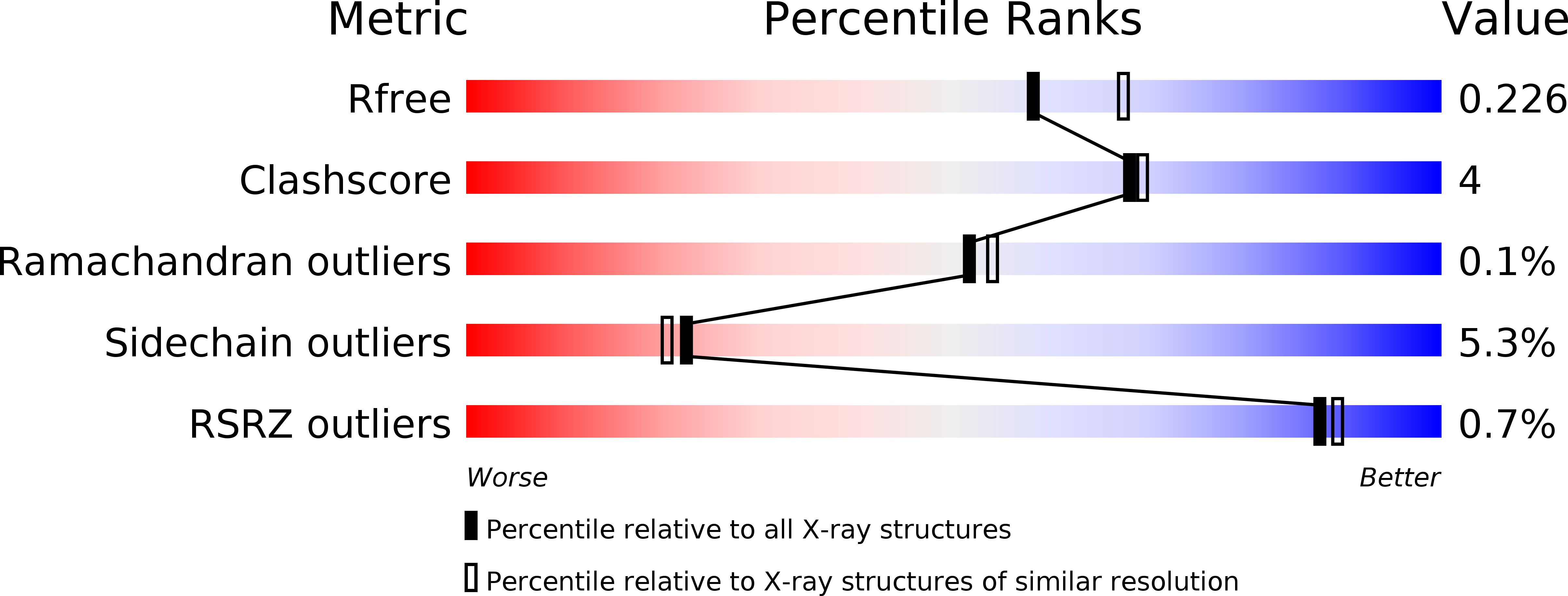
Deposition Date
2012-10-12
Release Date
2013-05-08
Last Version Date
2024-11-20
Entry Detail
PDB ID:
4HJJ
Keywords:
Title:
Structure Reveals Function of the Dual Variable Domain Immunoglobulin (DVD-Ig) Molecule
Biological Source:
Source Organism:
Homo sapiens (Taxon ID: 9606)
Host Organism:
Method Details:
Experimental Method:
Resolution:
2.10 Å
R-Value Free:
0.21
R-Value Work:
0.18
R-Value Observed:
0.18
Space Group:
C 1 2 1


